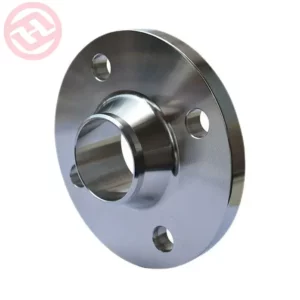Calculating the pressure drop across a stainless steel pipe fitting involves considering several factors, including the flow rate, fluid properties, geometry of the fitting, and the Reynolds number.
Here’s a general approach to calculating the pressure drop:
- Determine the Flow Rate: Begin by determining the flow rate of the fluid through the piping system. The flow rate can be calculated using flow meters, pump specifications, or theoretical calculations based on the system requirements.
- Identify the Fluid Properties: Determine the properties of the fluid flowing through the piping system, including its density (ρ) and viscosity (μ). These properties are essential for calculating the Reynolds number and determining the flow regime.
- Calculate the Reynolds Number: Calculate the Reynolds number (Re) using the following formula:
𝑅𝑒=𝜌⋅𝑉⋅𝐷𝜇
Where:
- 𝜌 = Density of the fluid (kg/m^3)
- 𝑉 = Velocity of the fluid (m/s)
- 𝐷 = Diameter of the pipe or fitting (m)
- 𝜇 = Viscosity of the fluid (Pa.s or N.s/m^2)
The Reynolds number indicates whether the flow is laminar, transitional, or turbulent. Different flow regimes have different pressure drop characteristics.
- Select the Appropriate Pressure Drop Equation: Depending on the flow regime (laminar, transitional, or turbulent), select the appropriate pressure drop equation. Common equations for calculating pressure drop include:
- Hagen-Poiseuille Equation: Used for laminar flow in smooth pipes or fittings.
- Darcy-Weisbach Equation: Used for turbulent flow in pipes or fittings, including minor losses due to fittings.
- Apply the Pressure Drop Equation: Apply the selected pressure drop equation to calculate the pressure drop across the stainless steel pipe fitting. The equation may involve terms such as friction factor (f), pipe length (L),Stainless Pipe Fitting pipe diameter (D), and fluid velocity (V).
- Consider Minor Losses: In addition to frictional losses, consider any minor losses associated with the stainless steel pipe fitting, such as bends, elbows, tees, or reductions. These minor losses can be accounted for using empirical correlations or loss coefficient tables.
- Summarize the Pressure Drops: Summarize the pressure drops across all components of the piping system, including pipes, fittings, valves, and other obstructions, to determine the total pressure drop from the inlet to the outlet.
- Verify Results: Verify the calculated pressure drop by comparing it with empirical data, manufacturer specifications, or experimental measurements. Adjust the calculations as needed to account for any discrepancies or uncertainties.
It’s essential to note that calculating the pressure drop across a stainless steel pipe fitting involves complex fluid dynamics and engineering principles. Depending on the complexity of the system and the accuracy required, consulting engineering handbooks, fluid dynamics textbooks, or software tools may be necessary for precise calculations.
